Virtual Reality: Part 2
 Thursday, April 3, 2014 at 2:39AM
Thursday, April 3, 2014 at 2:39AM 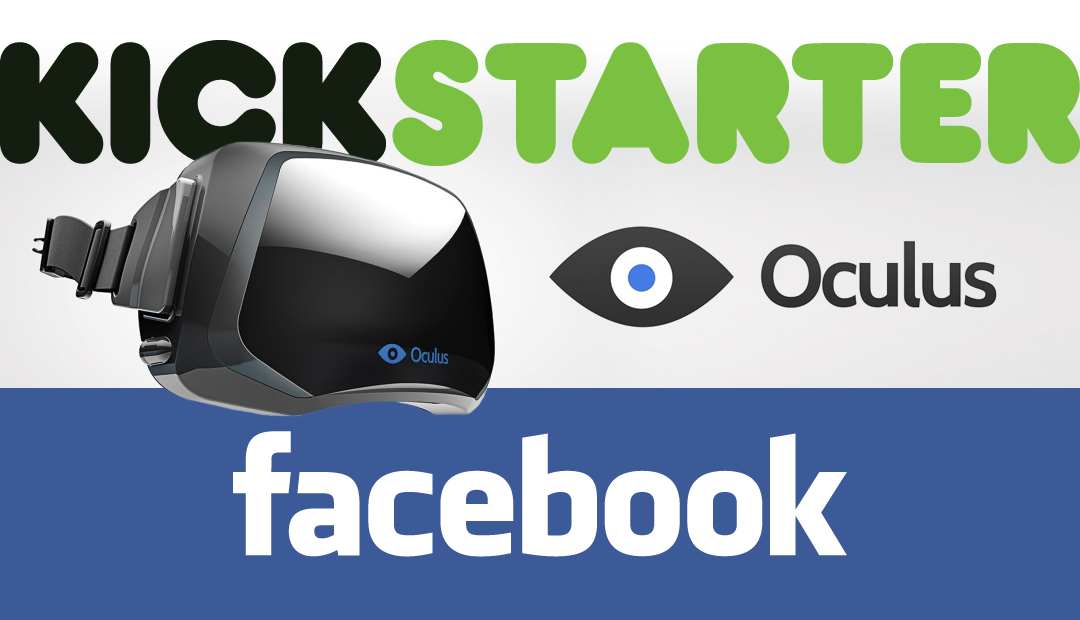
As a Kickstarter backer in Oculus, I would like to chime in briefly on the current brouhaha swirling around the Facebook acquisition — I am not a gamer. In fact, I have no games installed on my machine at all, and I do not own a console system of any brand. I also do not begrudge the Oculus team for their acquisition, nor feel robbed. As a Kickstarter backer, I am content to merely own the bragging rights that I bought Oculus before Mark Zuckerburg.
I backed Oculus hoping to see it used for Virtual Reality conferencing (and socializing, a la 3D immersive Google Hangout), to use as a 3D VR Second Life viewer, and hopefully to eventually do some virtual tourism. I also have a pet project — to get an RC Helicopter that can carry the payload weight of a stereoscopic camera, in order to induce the out-of-body experience of flight. Over the past year, since receiving my Oculus, I’ve had other priorities, and had to keep this project on the back burner. Then just a few weeks ago I stumbled upon people posting stereoscopic videos to YouTube that had the same idea. In the video at the bottom of this article, Danielle is using the Oculus to “fly” through an empty parking garage. As mundane as an empty parking garage may sound, the experience is quite impressive.
To answer to the critics of Oculus’ Facebook acquisition — especially the most vocal ones in the gaming community — I will let founder Palmer Luckey speak for himself:
An excerpt from a June 2013 interview, Fast Company:
… what Palmer Luckey is most looking forward to is how Oculus Rift and other VR tech could change social interaction. “Right now you have very abstract social networks. So it will be really interesting to see what happens if virtual reality ever progresses to the point where you can have a very realistic way of interacting,” says Luckey. “The only difference is that you can be whoever you want to be, instead of whatever cards you got dealt in real life. It’s the stuff of science fiction, but we are not too far away. People already spend hours a day on Facebook. What if it was truly engaging and immersive, rather than a filtered version of your real self?”
Palmer did not ‘betray’ the Oculus fan base in the gaming community by ‘selling out’ to Facebook, as others have asserted. Palmer has long been open about how he see’s social networking as central to the Oculus strategy. Anyone who doesn’t understand the Facebook acquisition has not been paying attention.
Those who simply think not enough Facebook users will be interested in this kind of user experience / communication product, may underestimate the sheer scale of Facebook’s 1.23B user base. If only 1% of Facebook’s users are converted into Oculus users, that is 1.23M users. Compare Facebook to PS4’s 4.2M user base and Xbox One’s 3M user base — it would require a conversion rates of 30% for PS4 to move those kind of numbers, and almost 50% for Xbox One.
Contrary to the prevailing narrative, I’m glad to have the gaming community out of the way. Part of Second Life’s downfall was that it could not get past the perception of being “just a game” — adding to the confusion, the media often referred to it as a game. In addition, the Second Life community has always viewed anonymity as sacrosanct. Throughout its existence, Facebook has maintained the opposite position (though Mark Zuckerberg has more recently suggested this rule may change). While Second Life’s lack of identity-transparency has always been treated as a feature, I believe this has been detrimental towards its broader adoption. I have long felt that Virtual Reality’s path to mass adoption would be through social networks.
I am impressed with both Mark Zuckerburg and Palmer Luckey. These are smart guys who did a smart deal. If Mark really wants to show he’s serious about VR, Leap Motion would be a smart next acquisition.
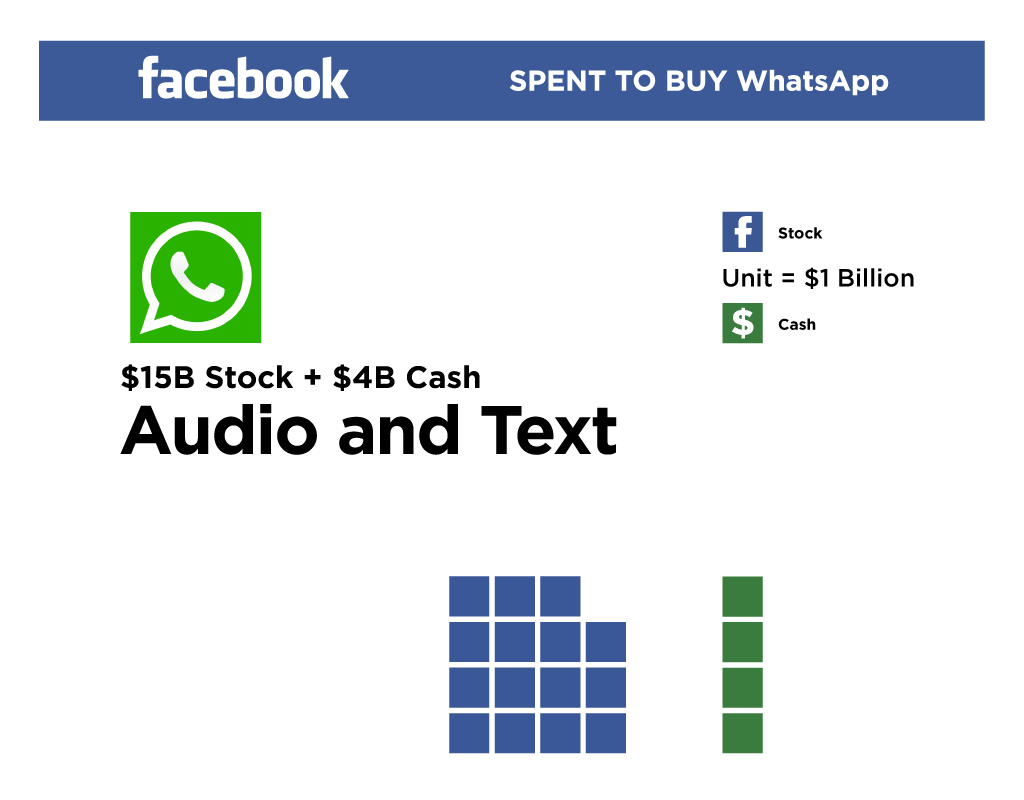
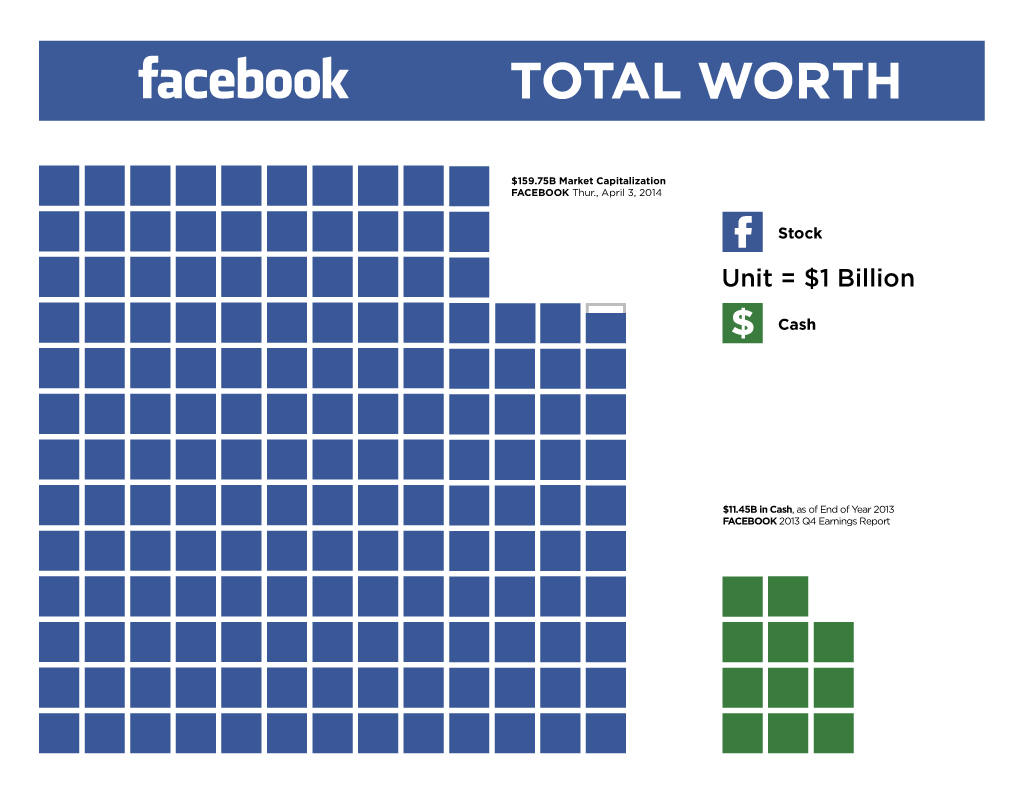
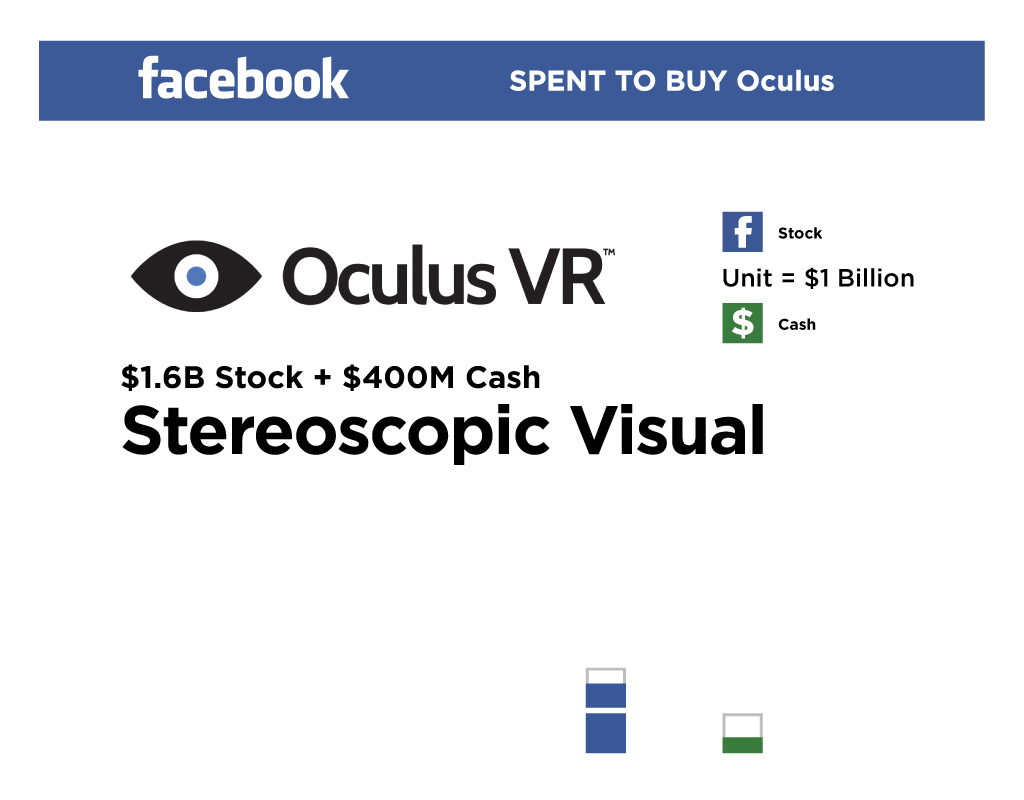
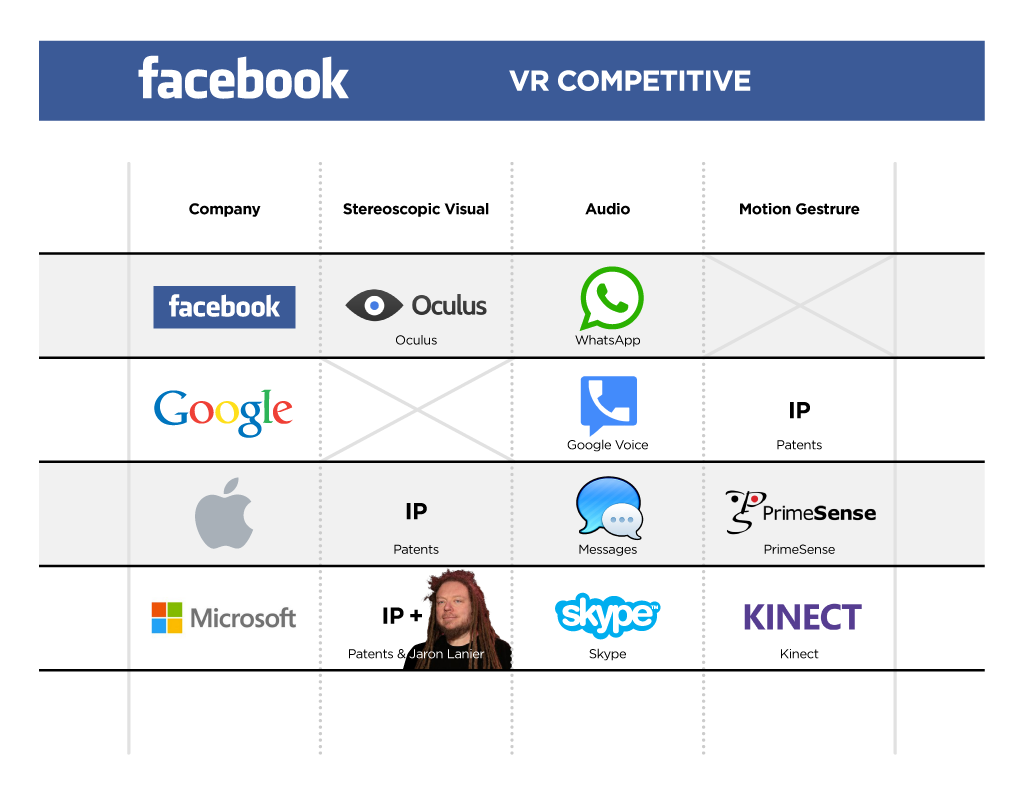
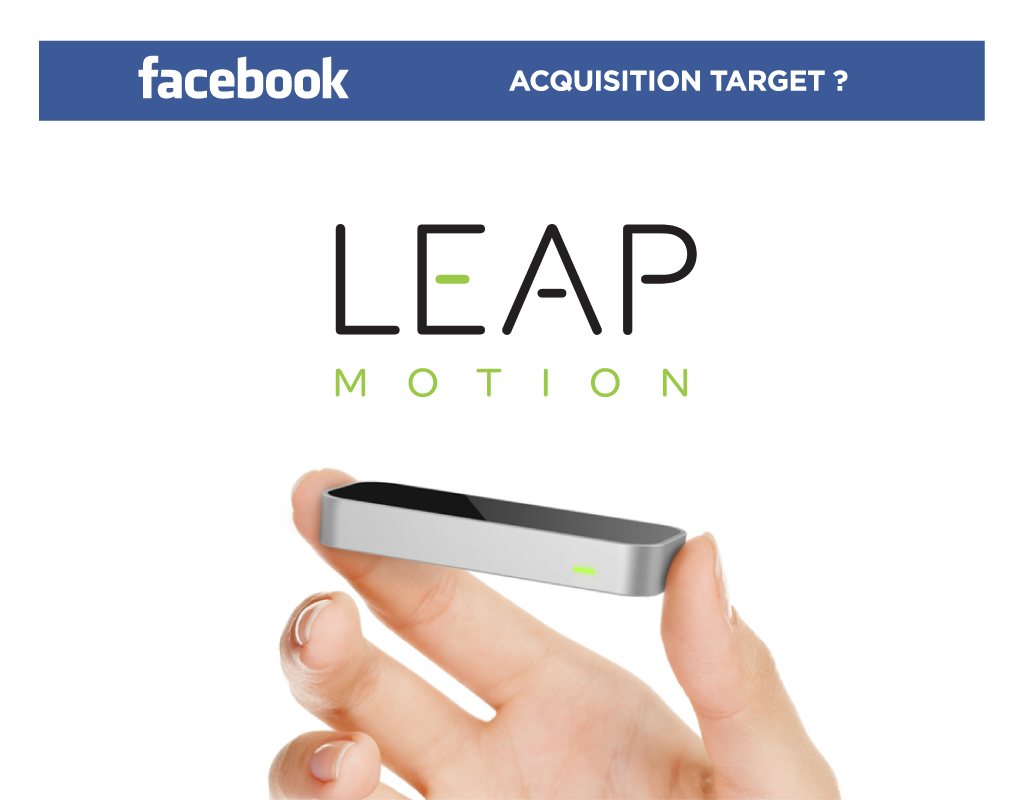
Other recommended viewing: Mitch Kapor’s 2007 MIT lecture on Virtual Worlds.
Download Neal Stevenson’s Snow Crash as a Free PDF Book for your eReader (You’re Welcome).

